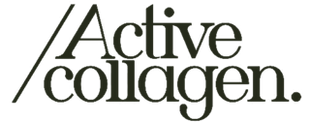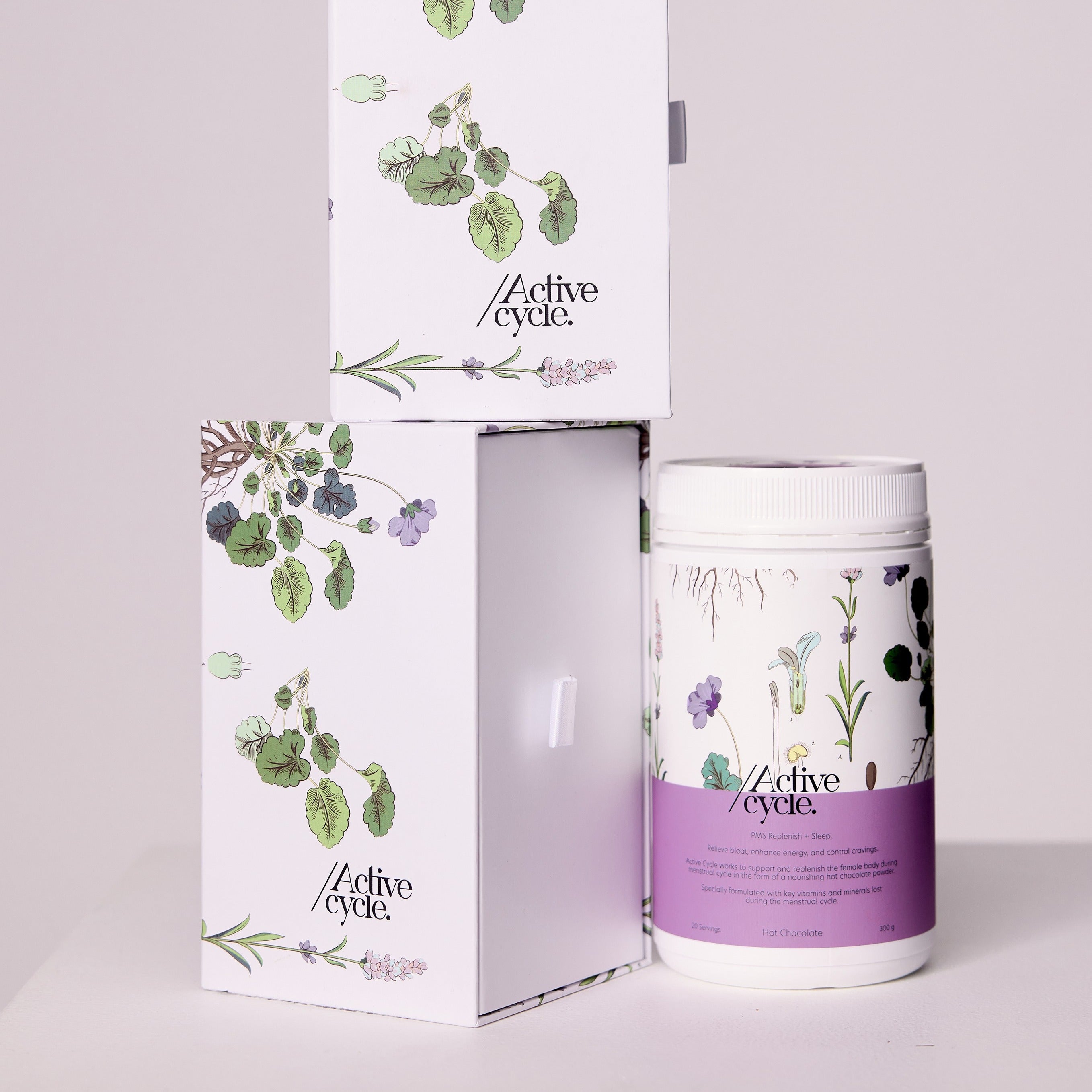In a woman’s lifetime she will experience an average of 35-40 years of menstruation. Menstruation affects a woman’s quality of life, whether that be mental or physical effects, and is also considered a females fifth vital sign. Getting a monthly period is a sign of fertility, the real purpose of course being that a woman can fall pregnant. However, there are other benefits of menstruation that are often overlooked by general healthcare providers.
The key event in menstruation is ovulation. Ovulation is the release of an egg – oocyte – from the ovary which happens around day 14 of a 28-day menstrual cycle. Experiencing a monthly bleed is one thing but experiencing monthly ovulation is the real vital sign of fertility as it indicates normal hormonal function.
Ovulation is the fertile window during the menstrual cycle that lasts 3-5 days before and 1-2 days after ovulation marking the period in which conception is likely to occur. Although, ovulation is not just for fertility. It has health benefits that go way beyond.
Benefits of Ovulation
During a menstrual cycle, hormones fluctuate depending on the phase of the month. When ovulation occurs, the steroid hormone progesterone is made and is dominant through the final phase of the menstrual cycle – luteal phase. Progesterone is vital for preparing the uterus for implantation of a fertilized egg and maintaining an ideal uterine environment for a successful pregnancy.
Not only does progesterone support pregnancy, but it is also a promoter of bone health. It has been recognised that when progesterone is synthesised following ovulation it acts on the bone osteoblasts to essentially build bone. This makes progesterone a contributor for maintaining peak bone mass and in preventation of bone disease such as osteoporosis.
Progesterone is also a naturally protective agent against breast cancer risk. Unlike synthetic progesterone – or progestin that is prescribed alongside oestrogens in menopausal hormone replacement therapy (MHT) – natural progesterone has shown anti-proliferative effects in breast cells and is associated with positive breast cancer outcomes.
Making sure you are ovulating monthly – not just getting a period – is essential for so much more than just fertility. So, how do we know we are ovulating monthly?
Ovulation Biomarkers
Fortunately, there are smart ways our bodies tell us we are in the ovulation phase. These indicators are known as biomarkers, the easiest and least invasive being basal body temperature (BBT) and cervical mucus (CM).
BBT changes throughout a menstrual cycle. During the follicular phase, BBT remains normal around 36 degrees however, BBT rises from 0.5-1 degree following ovulation due to the thermogenic effect of progesterone. BBT is an indication you have ovulated. It is recommended BBT be taken orally or under the armpit first thing in the morning, so the reading is accurate.
CM is also a fabulous way of detecting ovulation. Like our BBT, CM changes in appearance with the phases of the menstrual cycle. CM is secreted by glands in the cervix as a protective barrier from sperm and other organisms such as bacteria. During the follicular phase, CM may be scarce or appear cloudy. However, to detect ovulation CM will appear clear and is often compared to the consistency of raw egg white. This is due to increased water levels in CM making it more receptive for sperm. CM may start resembling egg white just before you ovulate.
These biomarkers can be taken daily and logged in a monthly chart – one that corresponds to your individual cycle length - as an easy way of observing your menstrual cycle. It may even feel liberating that you now have greater knowledge about what on earth is going on!
Factors Affecting Ovulation
Regular ovulation is an indicator of a woman’s health in relation to her nutrition, lifestyle and environment. If ovulation is missing – indicated by irregular cycles or absent periods (amenorrhea) – and pregnancy, breastfeeding or menopause are ruled out there can be certain causes that are reversible.
Ovulation is regulated through brain, hormone and sex organ crosstalk. If a woman is in a state of stress, undernourishment or exhaustion the body will relay a message indicating that now is not the time to carry a baby and ovulation will not occur. It is a fight or flight response.
Not everyone experiences the same response to stress. However, the consequence of stress is a disruption in the body, as a physical or psychological response, that can affect hormonal function. In terms of high intensity exercise or over-exercising, females may experience menstrual disturbances due to an imbalance in energy availability. Same goes for circumstances of undernourishment and low body fat, if the body feels unsafe aka there isn’t enough energy or nutrients available then ovulation will not occur.
Ways to Promote Ovulation
As ovulation is both an indicator of health and beneficial to health it’s important we give it the support it needs.
Nutrition: When looking at how the diet may affect ovulation studies have found a direct correlation with the Mediterranean diet and increasing fertility, therefore ovulation. Of course, you wouldn’t need to follow this diet to a T. However, incorporating certain aspects may be beneficial. Some of these are:
- Prioritising anti-inflammatory fats like poly- and mono-unsaturated fats from extra virgin olive oil.
- Reducing red meat consumption, adding fish to your diet and increasing legumes.
- Increasing your daily intake of dietary fibre from fresh fruit and vegetables.
And not only does this diet sound delicious, but it is also extremely nutrient dense which your hormones can jive with.
Exercise: Exercise is a type of stress on the body and overdoing can lead to anovulation. If you experience irregular or missing cycles it might be your sign to pull back on the intensity. Try lower intensity movement like Pilates, yoga and walking, or increase the number of rest days you have per week. This will help your body feel safe and promote ovulation.
Stress: Reducing stress can do wonders for your hormonal health. Although, this doesn’t mean you have to sit on a pillow on the beach and meditate, find what works for you! Running a bubble bath, taking 5 deep belly breaths, drinking your coffee in the morning sun and dancing in the kitchen are all valid too.
The goal is to menstruate, however regular ovulation is the underrated sign of women’s health.
Vigil, P., Lyon, C., Flores, B., Rioseco, H., & Serrano, F. (2017). Ovulation, a sign of health. The Linacre quarterly, 84(4), 343–355. https://doi.org/10.1080/00243639.2017.1394053
Su, H. W., Yi, Y. C., Wei, T. Y., Chang, T. C., & Cheng, C. M. (2017). Detection of ovulation, a review of currently available methods. Bioengineering & translational medicine, 2(3), 238–246. https://doi.org/10.1002/btm2.10058
Nagy, B., Szekeres-Barthó, J., Kovács, G. L., Sulyok, E., Farkas, B., Várnagy, Á., Vértes, V., Kovács, K., & Bódis, J. (2021). Key to Life: Physiological Role and Clinical Implications of Progesterone. International journal of molecular sciences, 22(20), 11039. https://doi.org/10.3390/ijms222011039
Seifert-Klauss, V., & Prior, J. C. (2010). Progesterone and bone: actions promoting bone health in women. Journal of osteoporosis, 2010, 845180. https://doi.org/10.4061/2010/845180
Asi, N., Mohammed, K., Haydour, Q., Gionfriddo, M. R., Vargas, O. L., Prokop, L. J., Faubion, S. S., & Murad, M. H. (2016). Progesterone vs. synthetic progestins and the risk of breast cancer: a systematic review and meta-analysis. Systematic reviews, 5(1), 121. https://doi.org/10.1186/s13643-016-0294-5
Palomba, S., Daolio, J., Romeo, S., Battaglia, F. A., Marci, R., & La Sala, G. B. (2018). Lifestyle and fertility: the influence of stress and quality of life on female fertility. Reproductive biology and endocrinology : RB&E, 16(1), 113. https://doi.org/10.1186/s12958-018-0434-y
Skoracka, K., Ratajczak, A. E., Rychter, A. M., Dobrowolska, A., & Krela-Kaźmierczak, I. (2021). Female Fertility and the Nutritional Approach: The Most Essential Aspects. Advances in nutrition (Bethesda, Md.), 12(6), 2372–2386. https://doi.org/10.1093/advances/nmab068




